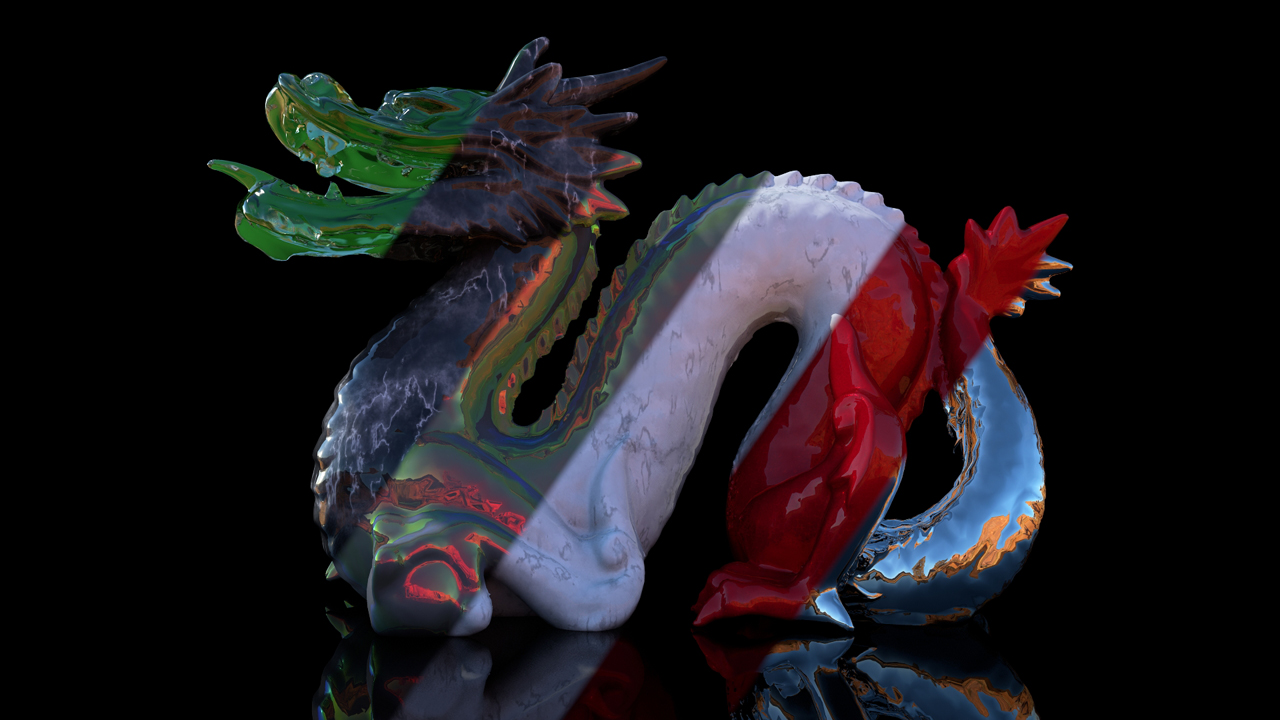- Course
Exploring mental ray Materials in Maya
In this Maya tutorial we will walk through creating a variety of challenging material types. Software required: Maya 2012.

- Course
Exploring mental ray Materials in Maya
In this Maya tutorial we will walk through creating a variety of challenging material types. Software required: Maya 2012.
Get started today
Access this course and other top-rated tech content with one of our business plans.
Try this course for free
Access this course and other top-rated tech content with one of our individual plans.
This course is included in the libraries shown below:
- Core Tech
What you'll learn
In this Maya tutorial we will walk through creating a variety of challenging material types. These videos will walk through the essential tools for creating photorealistic materials. We'll start with establishing our shading toolkit through the various models of simulating real-world light interactions. Then we'll jump into a series of challenging material types, and develop the basic shading networks required to make them happen. The Dragon model is sourced from the Stanford Computer Graphics Laboratory - http://graphics.stanford.edu/data/3Dscanrep/ Software required: Maya 2012.

